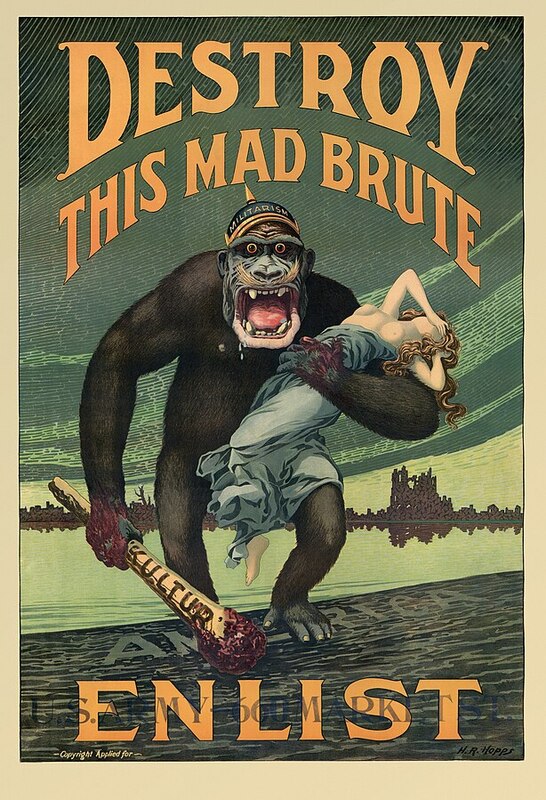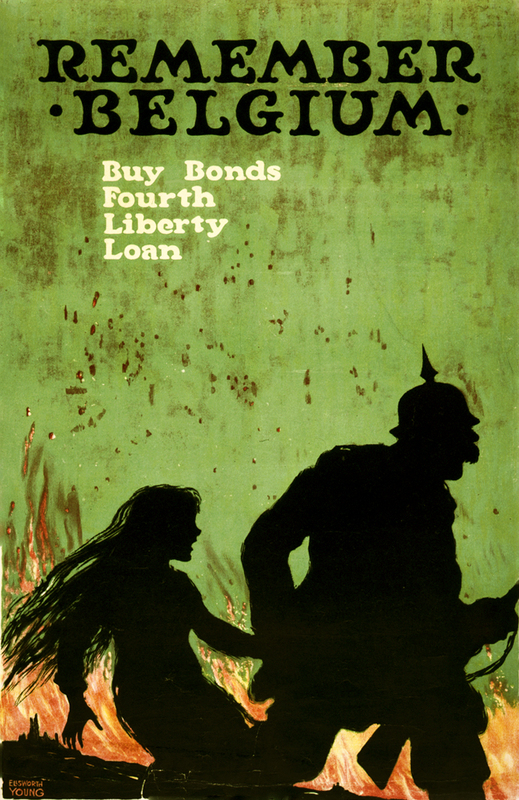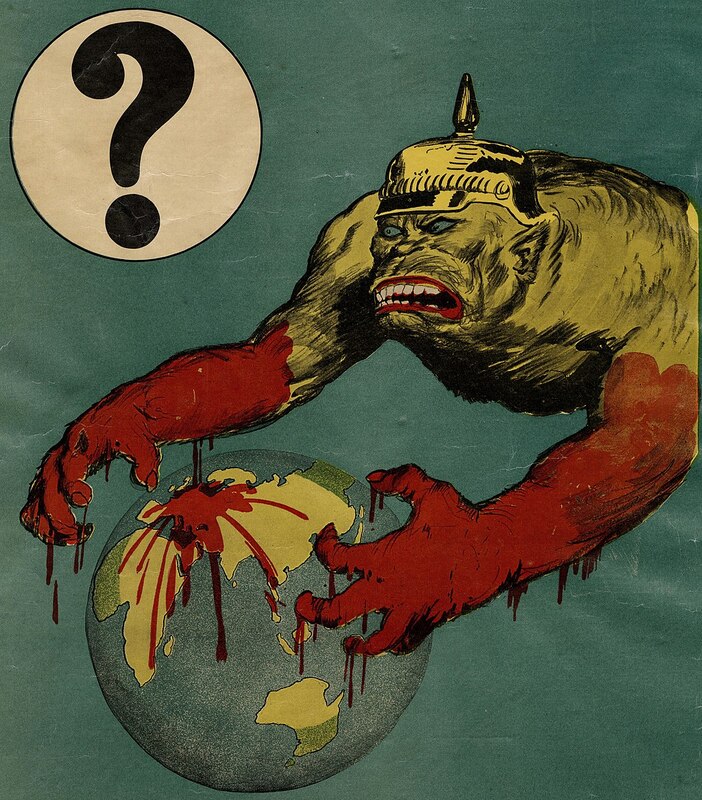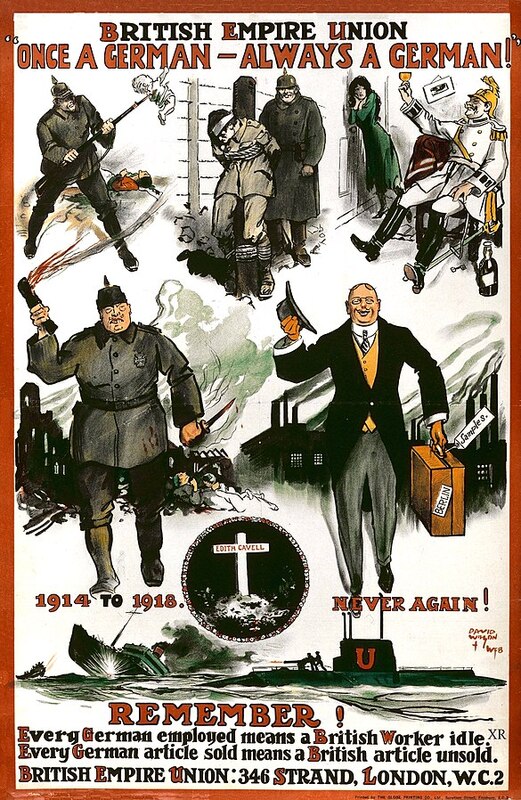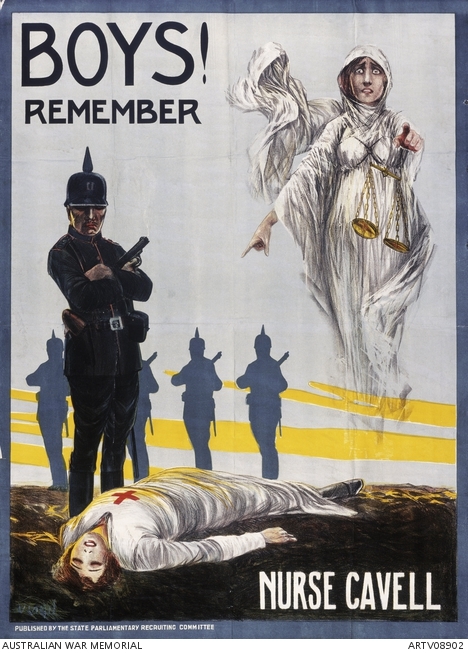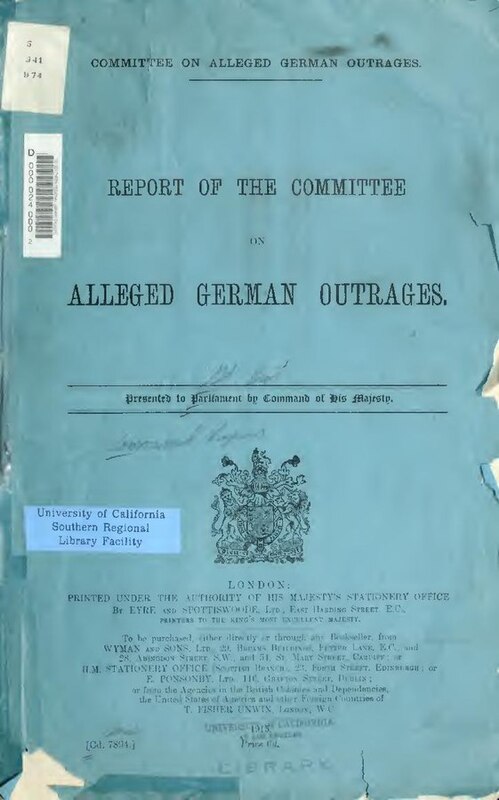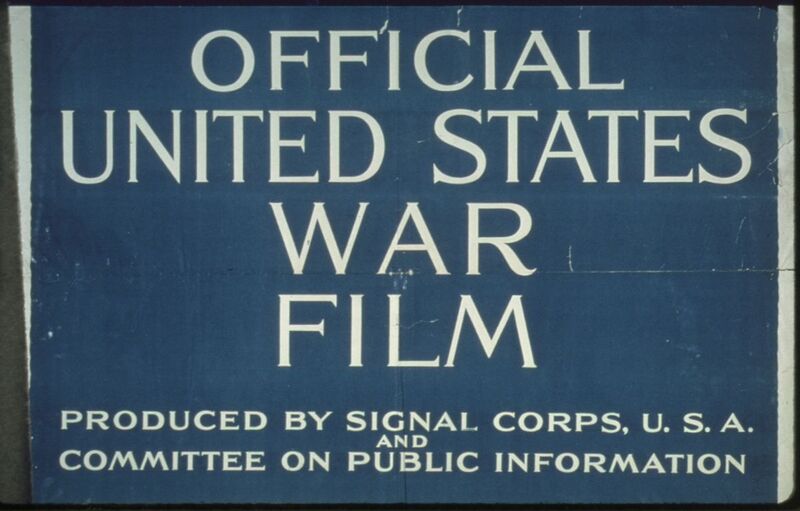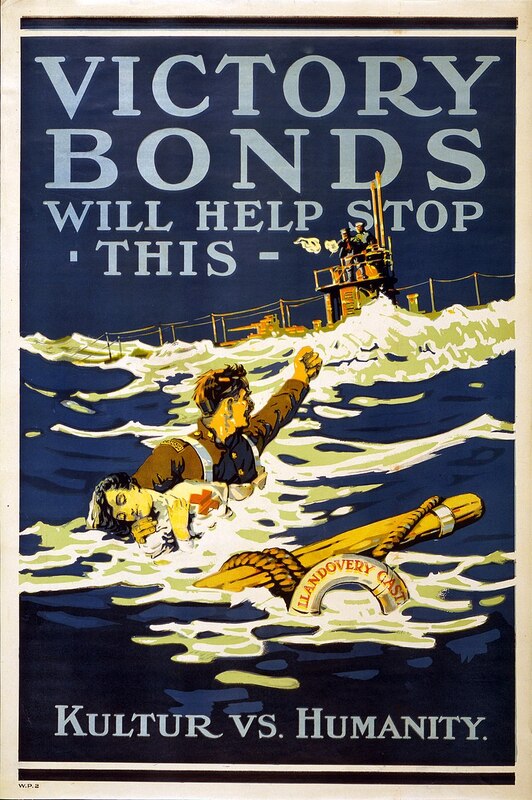Content
Below is a collection of propaganda posters, documents, and images. Related to the anti-German propaganda used during the First World War. Many of these works were based on real-world events, such as the actions of the German military in Belgium or the sinking of ships by U-boats. Much of this work is what would become known as atrocity propaganda. The German soldiers are often depicted as blood-soaked apes, engaging in the mutilation of children. Many of these events were based on reports that are still the subject of much debate today concerning their historical veracity. To a contemporary audience, many of the pieces of works below will likely seem “dramatic” or “ridiculous”. Something to keep in mind, however. These are some of the earliest instances of propaganda in its modern form. That was shown to an audience that was statistically much more trusting of their government.
